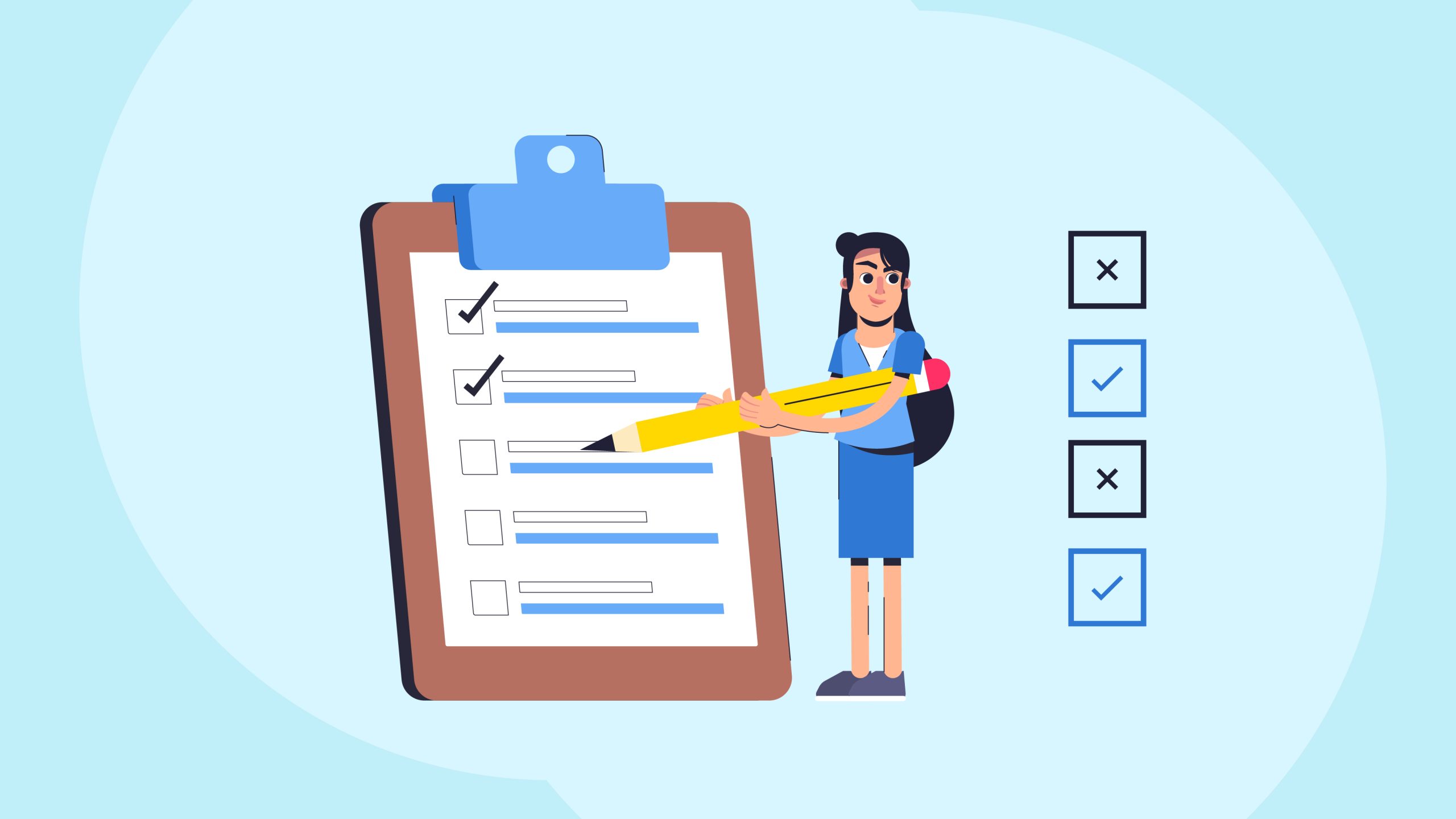
It is perhaps every educator’s dream to have a class full of self-directed and motivated students in our classrooms. And we may have tried different means and ways to increase student motivation such as issuing stickers or stars to students or perhaps other various forms of praise for a job well done or to encourage effort. For the older students, we may have even resorted to using the class-participation-marks threat!
While some of these strategies may have worked to some extent, in order to effectively motivate students, it’s actually essential to first understand why they’re not motivated in the first place. And in this blog, we will look at some reasons behind student motivation and lack of, as well as strategies you can adopt to increase student motivation.
Self-Determination Theory
Deci and Ryan, professors who developed the Self-Determination Theory (SDT), took a psychological look at what’s going on inside an individual in order to identify what actually motivates them.
According to their research, people have three basic psychological needs that must be met if they are to become self-motivated learners. These needs include a sense of autonomy or feeling like they have control over their actions; competence or ability to do something well and relatedness or feeling part of something larger than themselves.
1. Autonomy
Increasing autonomy gives students a sense of control over their environment in which their actions are perceived as “emanating from the self…instead of being the result of external pressures”. Increasing autonomy helps increase student motivation.
The results from a few studies suggest that teachers who are autonomy-supportive increase intrinsic motivation, curiosity, and desire for challenges in their students and are also more likely to explore on their own1. The perceived lack of control could lead to feelings of helplessness that erode motivation for learning.
To increase student motivation in your classroom, give them opportunities to choose to engage their interests. For example, allow students to choose their own research or essay writing topic instead of assigning one at random; allowing autonomy will likely motivate them throughout that assignment’s completion.

In addition to giving choices, it has been found that autonomy-supportive teachers demonstrate these eight behaviors in the classroom:
- listening to students
- making time for independent work
- giving students opportunities to speak
- acknowledging improvement and mastery
- encouraging effort
- offering progress-enabling hints when students seem stuck
- being responsive to comments and questions
- acknowledging students’ perspectives
Also, providing timely feedback plays a crucial role, as it informs students about how well they have done and/or the steps required to better performance. This information aids in increasing competence.
2. Competence
SDT postulates that people are drawn to activities in which they feel competent. This is because our brain’s pleasure centers are activated when we experience a feeling of competence or success. Thus, increasing student competence in certain tasks will help increase your student’s motivation.
A few strategies you can consider adopting to increase competence are:
- Design optimally-challenging assignments or tasks to suit the abilities of different students.
- Reward or affirm based on progress rather than performance.
- Encourage mastery goals, focusing on increasing students’ abilities rather than performance goals which emphasize outperforming others.
- Intentionally create opportunities for students to experience early success as this can encourage them to attempt more challenging tasks ahead
3. Relatedness

Relatedness involves feeling connected and having a sense of belonging with people. In the classroom, it means that students are respected and valued by peers and teachers alike. The role relatedness plays to motivate students is especially prominent in situations where the tasks or learning processes are not inherently interesting. In these instances, students are more likely to engage in them because the engagement in these tasks or processes are important or valued by the group of people they feel a sense of connection.
Strategies to enhance relatedness in the classroom are:
- Know your students by name
- Exude warmth and caring in your communication
- Speak to students with due respect
- Create opportunities for students to deepen relationships with one another
In addition to the three basic psychological needs outlined in the SDT, there is one other crucial factor that can further motivate students and that is….
4. Perceived Value
All motivation is based on some type of perceived value, and students’ perceived value in the learning content is the first step to getting them motivated. The inherent questions students may ask are “How is what I am learning relevant to my life?” “How is learning this helping me to achieve my goals?” “Why is this important?”
Thus as a teacher, you can:
- Provide an overview of the topic and get students to think about its importance in the real world. A possible question can be “What impact will it have on people or the environment if we do not have this knowledge you are about to learn?”
- Use real-world cases as examples or case studies.
- Share your personal story on how acquiring knowledge in that topic helped you.
- Give them assignments that ask them to explore class concepts in the real world, in news, and in culture to help connect their studies to real-world tasks
Increase student motivation in your classroom
Remember to focus on competence, autonomy, relatedness, and perceived value; as long as you do that consistently throughout an entire course or semester, chances are it will have a meaningful impact on student motivation. If you only focus on making these factors known for some parts of class but not others, then there’s no guarantee that students will notice—or respond to—them. Instead, strive for consistency by thinking about how all four factors should be present at all times in your classroom.
There are many ways you can increase motivation in your classroom, which will go a long way toward getting students engaged, interested in, and enjoying what they’re learning. In doing so, you’ll also enjoy a sense of job satisfaction that comes from helping students find fulfillment and joy. Keep these things in mind as you plan your lessons, communicate with your students, and structure your lessons.
Since there are many ways to approach each factor and achieve them, flexibility and adaptability are crucial if you want to see results. Remember that motivation is an important part of student success—and while we’ve covered a lot here today, it’s ultimately something best learned through experience. So, just do it!

